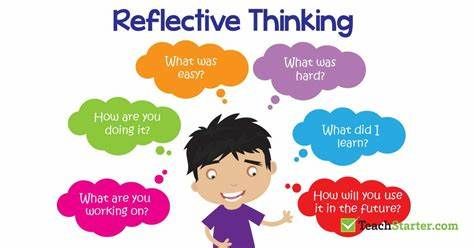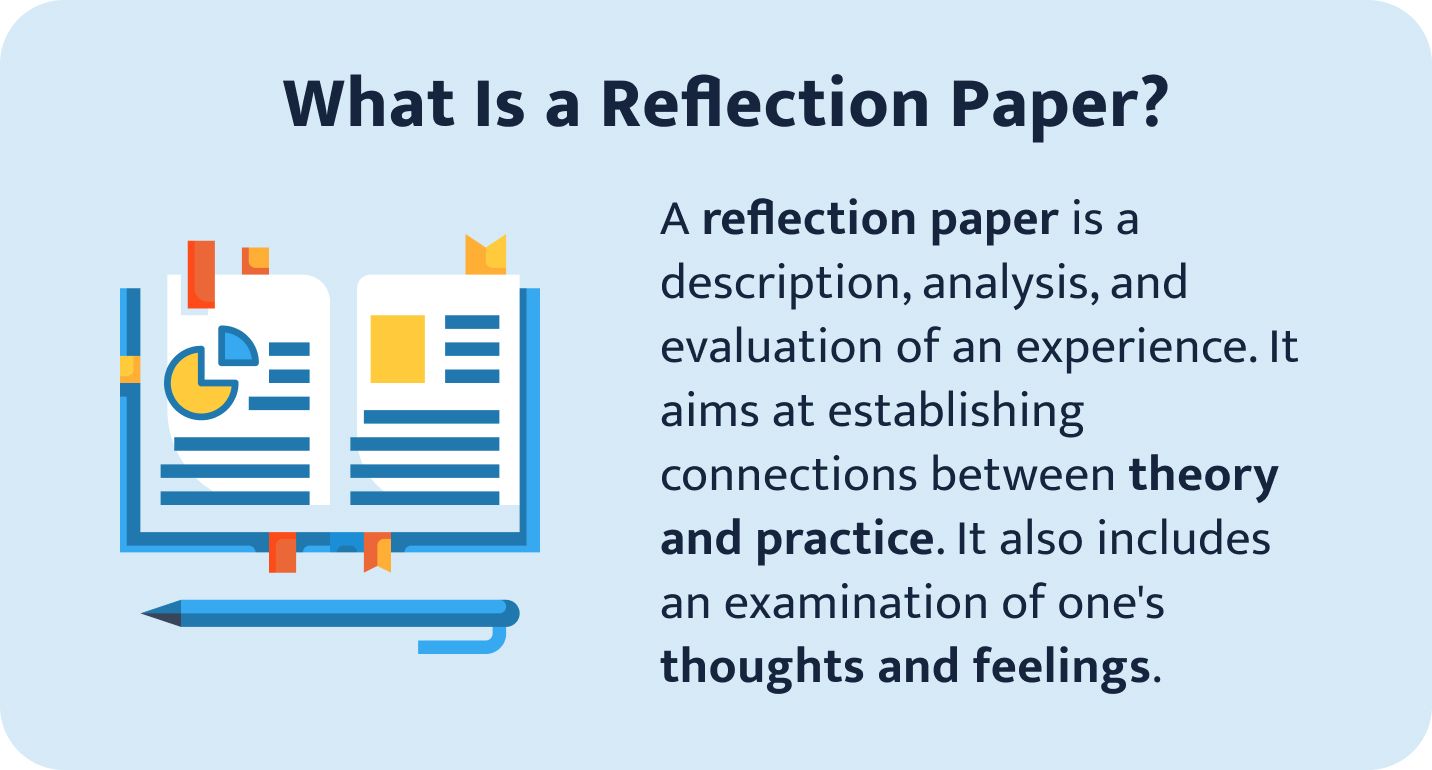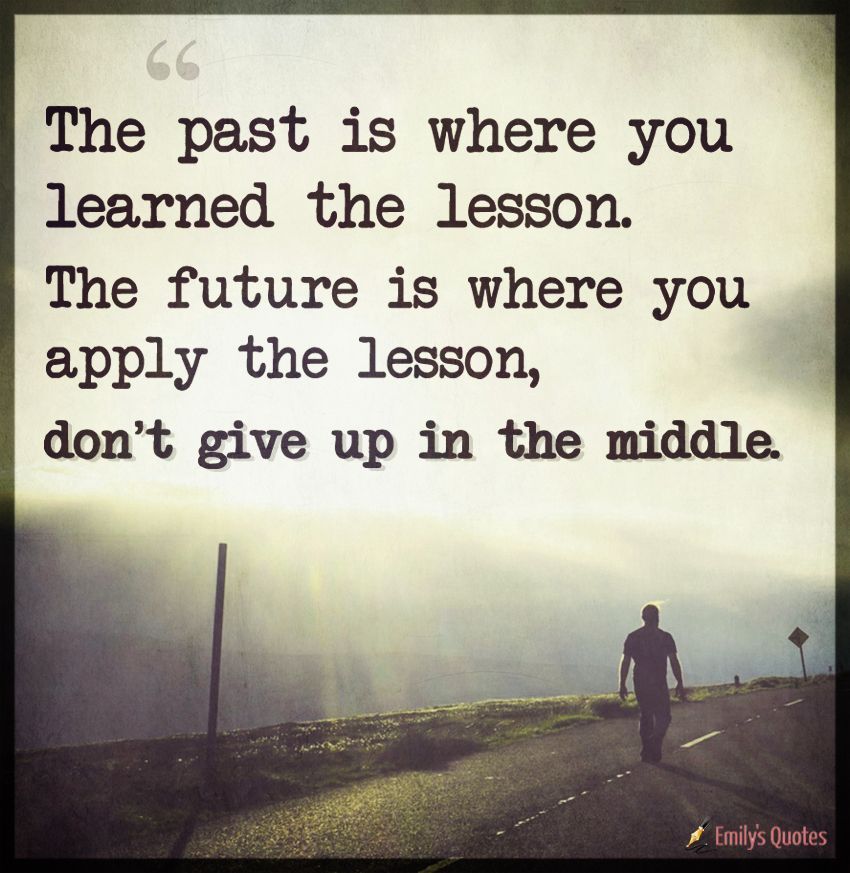I love the idea of Guided Visualization.
Following this concept to start a lesson, I tried something exciting thing.
Beginning the class with Guided Visualization combined with what we learned from the last class by demonstrating their outcomes, photos, and ideas helps students calm down and focus on what teachers want to say. Students always want to focus on themselves.
Additionally, this technology has proven to be a valuable tool for reviewing and reinforcing new learning content, further solidifying the effectiveness and continuity of brain learning. Plus some magical words of encouragement for self-growth. There will be unexpected magical effects!


-
Reflection and connection on what we learned from last class.
-
@黃鳳儀3b521a4e16b1
That's right. This is a part of scaffolding on the other hand, it helps to gain confidence, cause they see the growing of their trajectory, integral part of formative assessment. -
That sounds fantastic colleague.
Guided Visualization is indeed a powerful tool for engaging students and helping them focus. By starting the lesson this way and connecting it to previous learning outcomes, we create a smooth transition and a sense of continuity. Something very important for my students with autism. It’s great to hear that you’re using photos and ideas from the last class, this not only reinforces their learning but also personalizes the experience.
Best,
Mr. Bryan -
@黃鳳儀3b521a4e16b1 said in Reflection and connection on what we learned from last class.:
I love the idea of Guided Visualization
It sounds like a very powerful tool. Could you specify more about the the method?
Does it involve a teacher preparing beforehand some images or other materials based on the previous lessons or events ?
-
An effective strategy to encourage reflection and connection on topics covered in the last class involves several key steps. Firstly, it's important to begin with a recap of the main points previously taught to refresh students' memories. Following this, guided discussion and recap activities allow students to share their insights and solidify their understanding. The use of visual or multimedia supports aids comprehension and retention, while the application of concepts in real-world contexts fosters practical understanding. Lastly, regular feedback and formative assessments help assess students' comprehension and identify areas needing further support. By combining these strategies, educators can create a dynamic and engaging learning environment where students can reflect, connect, and deepen their understanding.
Web Site :
Reflecting on the Last Day of Class | Center for Advancing Teaching and Learning Through Research (northeastern.edu)"Empowering students through engaging education, fostering environmental consciousness, and advancing scientific literacy. Committed to shaping future leaders in Life and Earth Sciences."
-
@BRYANb8875625e5
That's it!!! "Personalize the experience".
But still, be careful of using photos and sometimes too busy taking their photos. -
@Ana_moderator
Mostly, I use attractive slides ( also mind maps)and students' photos and videos, which I take for them. (Slides are easier to make than before, thanks to AI)
Recently, I heard of "Scribing" which sounds amazing to us educators.I will try some other day.
Cheers! -
@Vanny Hi! Yea, scribing is really getting popular today, the digital one of course. In other words, it is 'materializing' some ideas so to articulate them easily. It is actually a unique talent to listen and draw simulteneously by extracting the key points of clouds of thoughts.
-
Are reflection skills important?
• Reflective learning is a way of allowing learners to step back from their learning experience, helping them to develop critical thinking skills and, improve on future performance by analysing what they have learned and how far they have come. The most useful reflection involves the conscious consideration and analysis of beliefs and actions for the purpose of learning.
• Reflection gives the brain an opportunity to pause amidst the chaos, untangle and sort through observations and experiences, consider multiple possible interpretations, and create meaning. Reflection brings learning to life.
• Reflective practice helps learners find relevancy and meaning in a lesson and make connections between educational experiences and real life situations. It increases insight, and creates pathways to future learning.https://2u.pw/eBKui
How can we foster these skills with our students?
• Methods to Foster Reflection. At the end of the day or class, ask each learner to share one thing they now know about a topic or a connection that they made. Make notes of responses requiring a follow-up discussion. Pose questions at the end of class and ask learners to write a response in order to exit the class.
https://2u.pw/Va7i0• Neil Thompson, in his book People Skills, suggests that there are six steps:
- Read - around the topics you are learning about or want to learn about and develop
- Ask - others about the way they do things and why
- Watch - what is going on around you
- Feel - pay attention to your emotions, what prompts them, and how you deal with negative ones
- Talk - share your views and experiences with others in your organisation
- Think - learn to value time spent thinking about your work
In other words, it’s not just the thinking that’s important. You also have to develop an understanding of the theory and others’ practice too, and explore ideas with others.
• Brainstorm ideas of activities and exercises that suit your age group
Reflection Activity Instructions- Divide participants into small groups of 3 to 6 people each, depending on the class size.
- Give each group of participants a set of cards, 20 for instance, with words, pictures, or statements. If relevant, also give them the items that they need to match these cards with (another set of cards, a map, etc.)
- Explain to them whether they need to sort the cards into groups of concepts, rank them, or match them with other items.
Give participants 10 minutes (or a bit more, depending on the complexity of the concepts).
Ask each group to discuss with the rest of the class how they have matched or ranked the concepts.
Benefits of this Classroom Reflection Exercise
• This activity helps students to ‘construct’ their own knowledge.
• It is very good to help participants take ownership of their own learning by giving them time to reflect and make associations.
• This is an activity that participants can do on their own but, if they do it in groups, they will develop communication and team-building skills.
In DNA session choose two students randomly then ask the rest of the students what do you think about different between these two faces , write on board the answers of the students then ask the class to think about reasons make these differences .
-
Reflection provides an opportunity for members of a team to express their thoughts, feelings and opinions about a shared experience. It's a way to build trust in the team, and to draw out learnings and insights the team can build on in the future. Building reflection into your workflow is a big part of being an effective team as it gives you the ability to learn and adapt quickly.
Group projects can reinforce skills that are relevant to both group and individual work, including the ability to: break complex tasks into parts and steps, plan and manage time, refine understanding through discussion and explanation, give and receive feedback on performance, challenge assumptions and develop stronger communication skills.
During my working as a lap specialist, teacher and studying professional educator diploma (PED); group projects help me to develop my skills specific to collaborative efforts, allowing me to tackle more complex problems than I could on my own, delegate roles and responsibilities, share diverse perspectives, pool knowledge and skills, hold one another (and be held) accountable, receive social support and encouragement to take risks, develop new approaches to resolving differences, establish a shared identity with other group members, find effective peers to emulate, develop their own voice and perspectives in relation to peers.
I prefer teamwork. Different team members contribute different perspectives, and the synergy between team members can produce creative and productive results. I love to help draw out the unique skill sets of different team members. To walk in the same direction, a team needs to know where it is going or what it is contributing to (vision) and why (purpose). Spend time on this with your team. This clarity provides a framework and ‘reason to be’ that can rally any given project team to work together. Keep in mind that visions need to be compelling and purposes meaningful. People respond to the importance of both.
Being part of a great team at work is a phenomenal feeling. You know that feeling? When your team is ‘in the zone’? It’s a sweet c**ktail of emotions - excited, challenged, safe, successful. You’re pumped to get out of bed in the morning and energized throughout the day. Working in a group enables me to examine topics from the perspectives of others. When you are required to discuss a topic and negotiate how to address it, you are forced to listen to other people’s ideas. Their ideas will then influence your own thinking and broaden your horizons. My group members aren’t just fellow learners, they’re also my teachers.
The point of group work is that being social significantly enhances learning. Not only do you have to hear others’ perspectives, you also have to compare, contrast and integrate their perspectives into your own thinking. Perhaps someone else’s perspective will change your mind or show weaknesses in your own ideas. Only through engaging with others can your perspectives change.
To improve my group work in the future; Setting goals is an integral part of improving teamwork. How can people do the things they do best when they don't know what they're supposed to be doing and they aren't given time to consider what brings them energy? The point here is not to simply change your perspective, but also to sharpen it. Your team members are not opponents whose minds you want to change. They are collaborators on a project in which you are collectively trying to develop a shared understanding of a topic in which the group’s final, shared, perspective is sharper, richer and more dynamic as a result of the collaboration. Group work is great for improving your critical thinking skills and making you a sharper thinker.
So, the next time I work in a group I will remember this: listen to others’ perspectives and see how their views can sharpen my own. Remember my view is malleable and should change as a result of the interaction. By the end of the group process, I’ll be smarter and more insightful than i was at the start.


